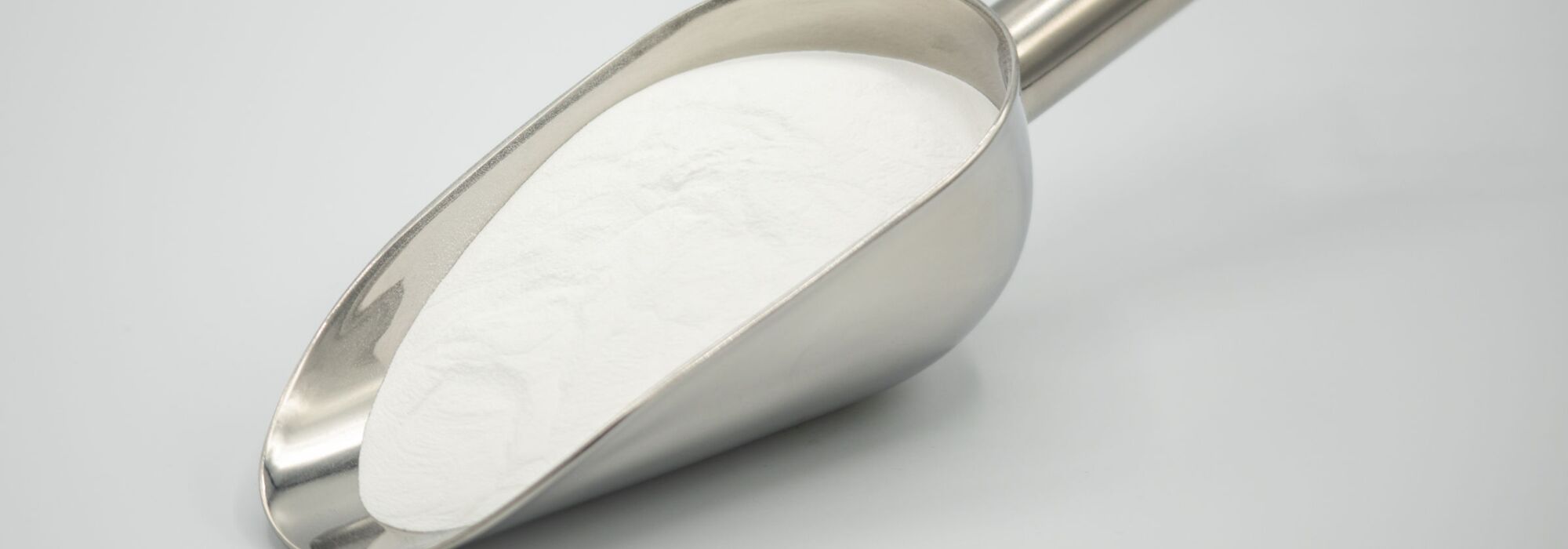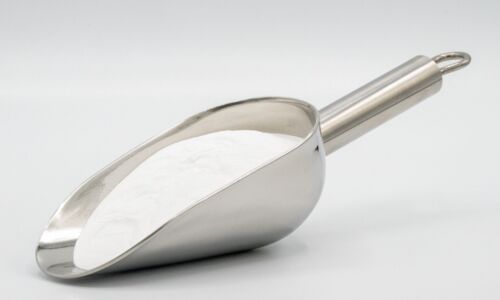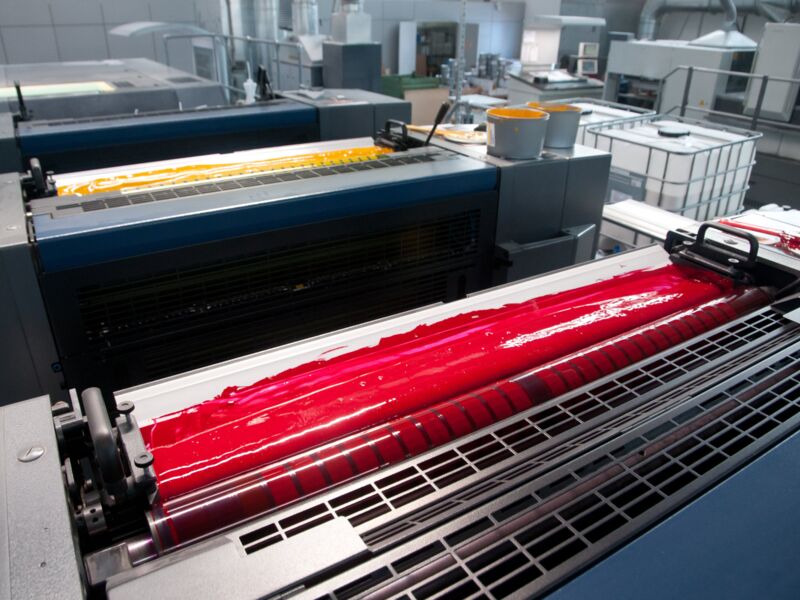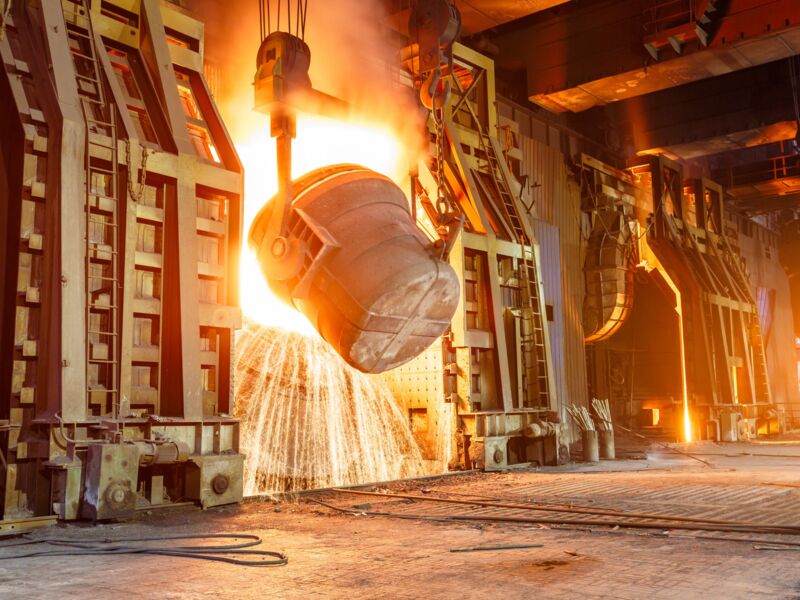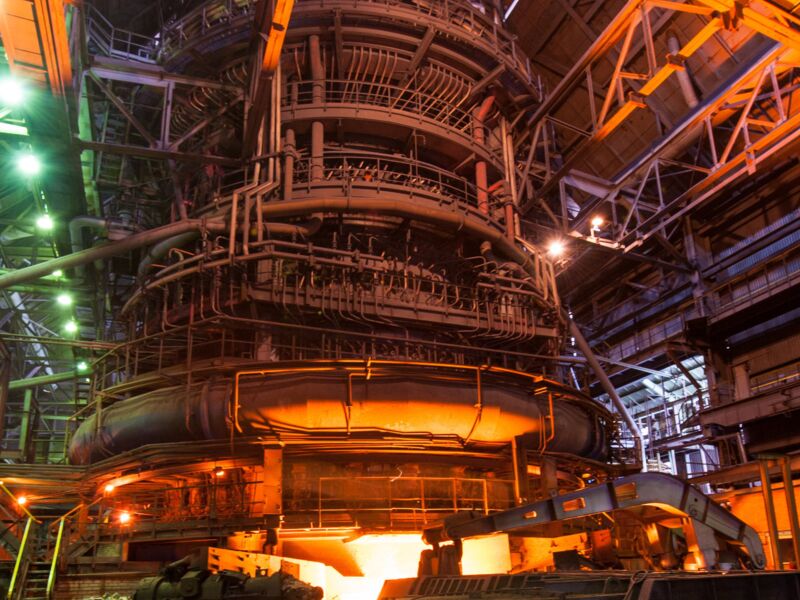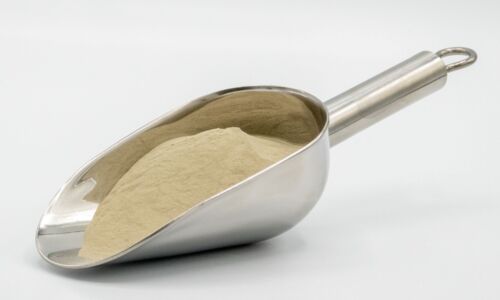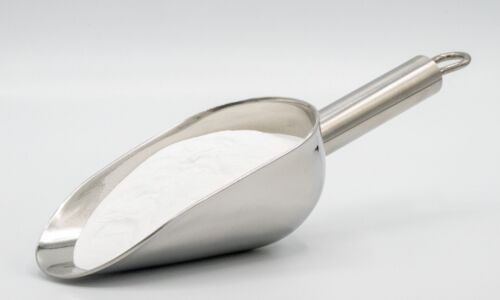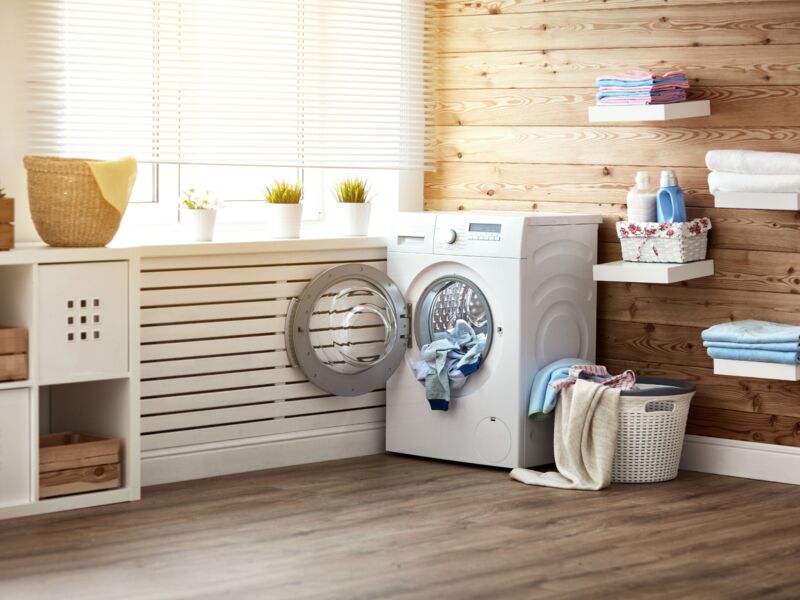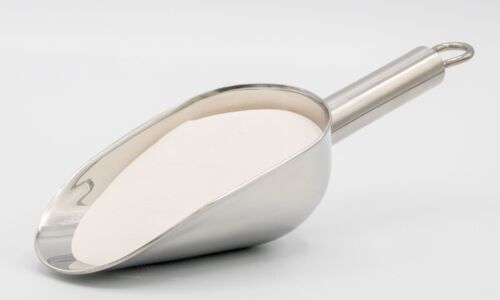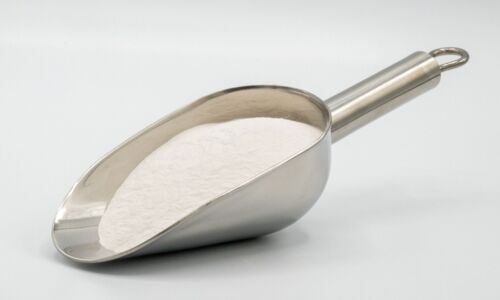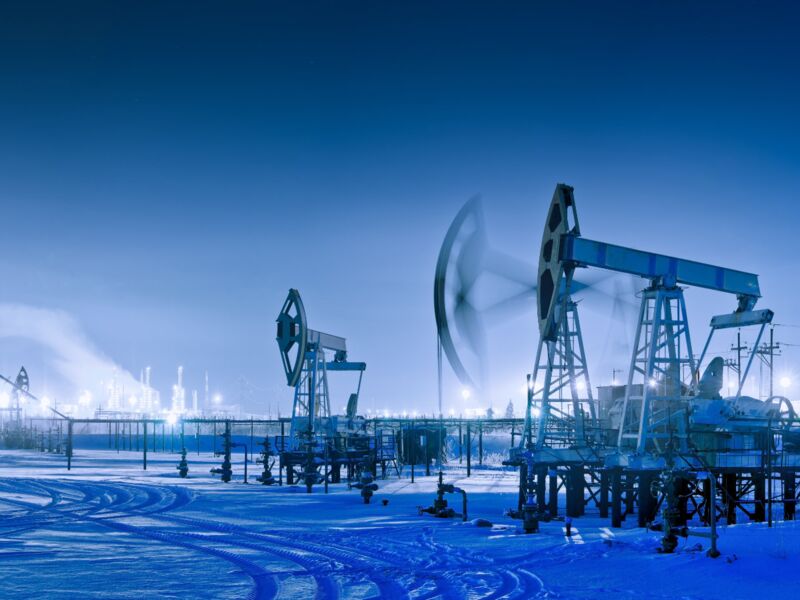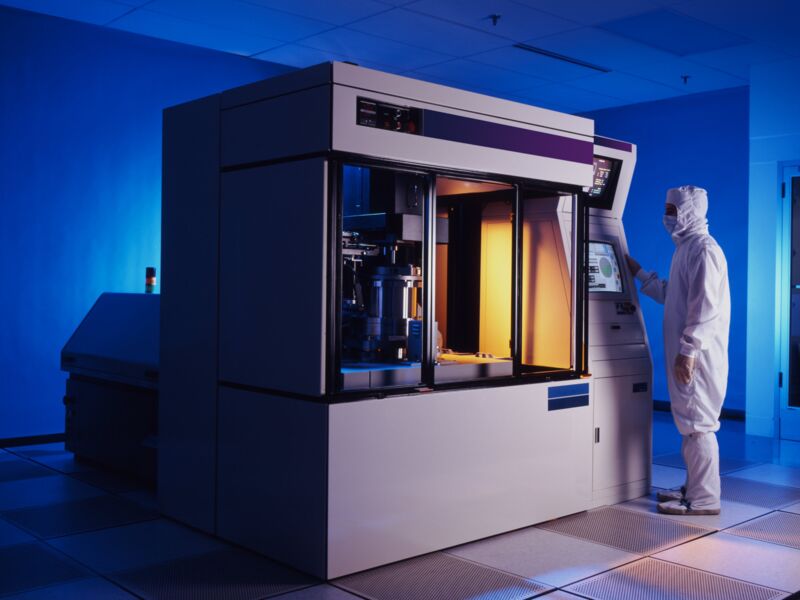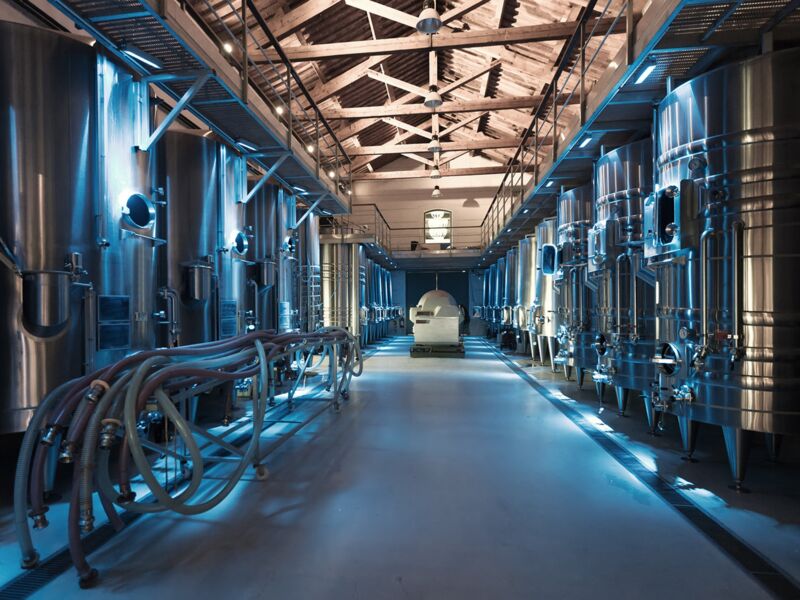Zirconia (ZrO2)
Ceramics made from zirconia (ZrO2), occupy a special position among engineering ceramics due to their exceptional mechanical properties. For example, some zirconium oxide ceramics exhibit extremely high flexural strength and fracture toughness previously considered as unattainable for ceramics.
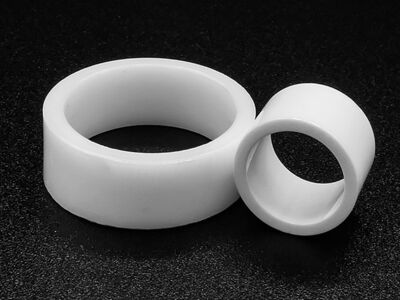
Zirconia occurs in the three modifications monoclinic, tetragonal and cubic. During cooling after the sintering process, pure ZrO2 at about 1170 °C undergoes a phase transition from tetragonal to monoclinic modification at about 1170 °C, which is associated with a volume increase of 3-5% [KOL18]. In order to avoid a resulting failure of the part, dopants are used, which inhibit the phase transformation and partly utilise it to increase the strength.
The tetragonal phase in stabilized ZrO2 is in a metastable state and is prevented by the compressive stresses of the surrounding dense microstructure from conversion into the monoclinic phase. If a crack occurs in the part, these stresses decrease locally, which causes some grains to transform near the crack. The concomitant increase in volume of these grains obstructs the further course of the crack and prevents the critical failure of the part. This so-called conversion enhancement causes the ductility of zirconium oxide ceramics [HEI10].
There are three types of stabilized zirconia:
- PSZ – partially stabilized zirconia
- TZP – tetragonal zirconia polycrystal
- FSZ – fully stabilized zirconia
at PSZ, fine particles of the tetragonal phase are present in a cubic matrix. For this purpose, ZrO2 doped with magnesium oxide (MgO) is quenched from the stability region of the cubic solid solution and subsequently tempered. The size and the proportion of tetragonal particles can be adjusted via temperature and holding time [KOL18].
TZP consists entirely of a very finely crystalline and dense microstructure of the metastable tetragonal phase. This is achieved by adding 3 mol% yttria (Y2O3) [KOL18].
Full stabilization of ZrO2 is achieved by doping with 8 mol% or more of yttria. FSZ is fully in the cubic phase and consequently does not benefit from transformation toughening [KOL18].

PSZ and TZP ceramics are often used in wear protection thanks to their superior mechanical properties. Due to their high strength coupled with good biocompatibility, they are applied particularly as dental ceramics, but also as an alternative to Al2O3 ceramics in hip joint prostheses. Because ZrO2 ceramics have high thermal expansion and a modulus of elasticity similar to that of steel, they can be used in components that connect these otherwise dissimilar materials. Another special feature is the ionic conductivity at elevated temperatures. This allows the use as a solid electrolyte, for example in lambda probes or solid oxide fuel cells (SOFCs) [KOL18].
Another large application of zirconia is in combination with alumina as a dispersion ceramic. Depending on the proportion of the two ceramics, a distinction is made between aluminum oxide-reinforced zirconium oxide (ATZ) and zirconium oxide-reinforced aluminum oxide (ZTA). In these ceramics, the problem of low-temperature degradation is bypassed, while still the positive effect of the conversion gain can be exploited. For this reason, dispersion ceramics assume a supremacy in the load-bearing implants such as knee and hip joint prostheses. [AOA14].

